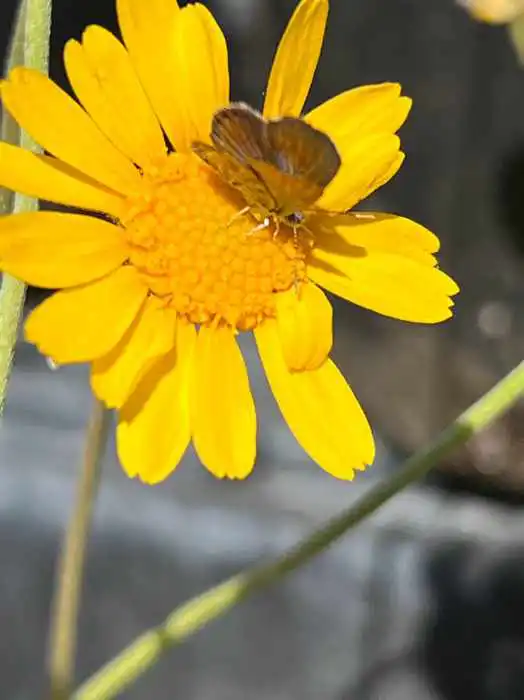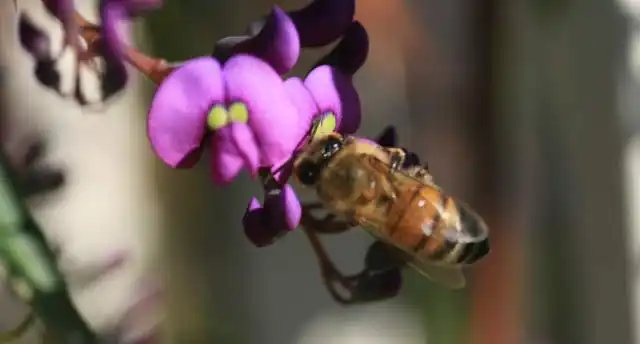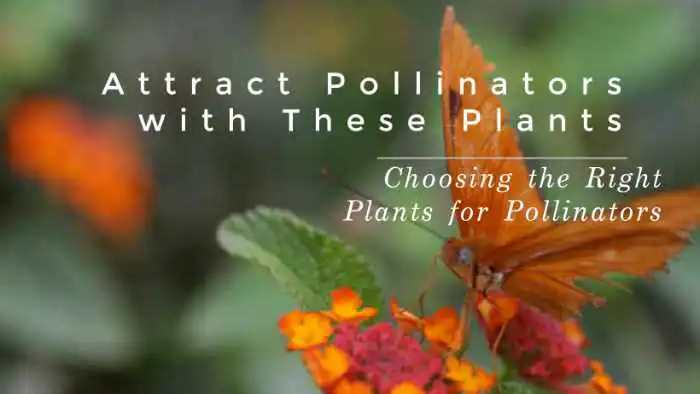Attracting garden pollinators like bees, butterflies, and birds help plants reproduce by transferring pollen from one flower to another.
Without them, our gardens would be far less productive, and many of the foods we love would be harder to come by.
This post may contain affiliate links. Please see my disclosure policies. If you purchase after clicking an affiliate link we may receive small commission at no cost to you. As an Amazon Associate I earn from qualifying purchases.
Create a Pollinator Garden
Creating a pollinator garden is a fun and rewarding way to bring beauty to your outdoor space. If you’ve ever caught sight of a butterfly fluttering by or a bee busily buzzing from flower to flower, you know how magical it feels to share your garden with these little visitors. I love watching the hummingbirds visit in the morning and evening.
Why Create a Pollinator Garden?
Bees, butterflies, and birds help plants reproduce by transferring pollen from one flower to another. Without them, our gardens would be far less productive, and many of the foods we love would be harder to come by.
Meet Your Garden Pollinators
Pollinators are the unsung heroes of our gardens. Each pollinator has unique preferences and habits. Here’s a closer look at the types of garden pollinators you might attract and how to make them feel at home.
Buzzing Bees
These are the MVPs of the pollinator world. Honeybees, bumblebees, and solitary bees all play a critical role. They’re drawn to bright white, yellow, blue, and purple flowers.
Native bees are incredibly diverse, with over 1,300 species found in Arizona alone! Unlike honeybees, many native bees are solitary, meaning they don’t live in hives.
Some common solitary bees are leaf cutter bees. You will know they visited your garden by their unique cutting pattern on leaves. They use the leaves to build their nests.
These bees are excellent pollinators and can often be seen darting from flower to flower early in the morning. Planting a variety of nectar-rich flowers will keep them busy in your garden all season long. In our garden, bees love basil, mint, and sunflowers to name a few plants.
Bees love flowers that are rich in nectar and pollen. Choose native plants like Desert Marigold, Globe Mallow, and Saguaro Cactus. These plants are well-adapted to our desert environment and provide the sustenance bees need throughout the year.
Interestingly, once plants are pollinated they also reduce in scent. Some cactus flowers also deepen in color if they remain unpollinated for more than a day. Native bees or wild bees or more effective at pollinating native plants.
Fluttering Butterflies
Butterflies are attracted to brightly colored flowers with flat, open surfaces. They also need a place to rest and sip nectar, so think about including some flat stones or small water sources.
Butterflies are not only beautiful but also fascinating to watch as they dance from flower to flower. Monarchs, Painted Ladies, and Swallowtails are some of the common species you might see. The Swallowtails in our yard love the citrus trees. Find out How to Create an Arizona Butterfly Garden in 6 Easy Steps.
Beautiful Birds
Hummingbirds are the most common pollinating birds in Arizona. Drawn to the bright colors of tubular flowers hummingbirds have incredible energy needs and will visit your garden frequently if they find what they like. In addition to planting nectar-rich flowers, you can also set up a hummingbird feeder filled with a simple sugar-water solution. Find out How to Attract Hummingbirds To Your Yard.
These little birds are drawn to red, orange, and pink tubular flowers. They also appreciate a perch or a branch from a tree to rest between feedings.
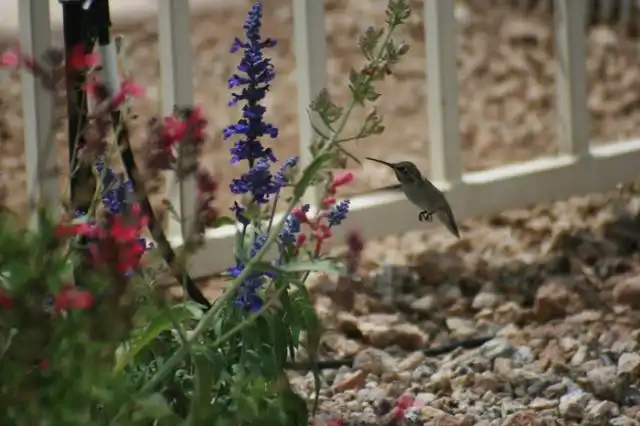
Other Pollinators
Don’t forget about moths and bats. Both are important garden pollinators for a variety of flowers and particularly for those that bloom at night. Hawk moths are usually nocturnal in Arizona. Tomato hornworms become hawk moths. Moths pollinate evening primrose, moonflowers, Four O’ Clocks, and night-blooming cereus to name a few. Bats pollinate agave, night-blooming jasmine and saguaro cactus.
Creating a Pollinator Garden
With practical advice and specific plant recommendations, you’ll learn how to design a garden that’s not only beautiful but also buzzing with life.
